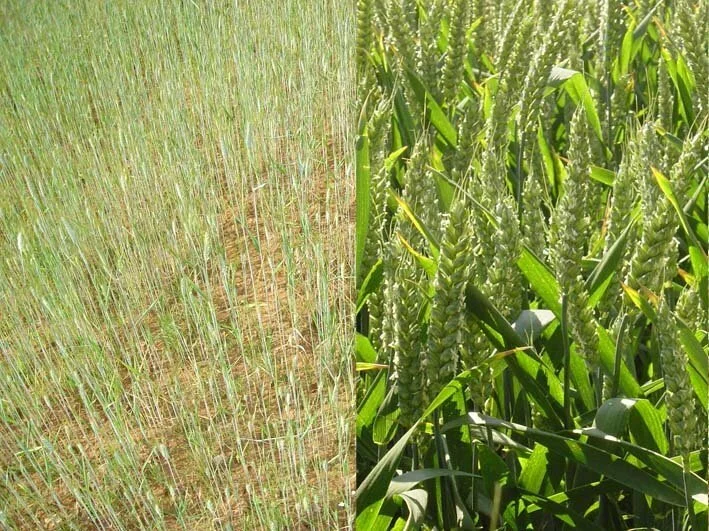Wheat is a vital food commodity and is staple food for more than 33% population of the world. The dependence of humongous amount of living things on this food item and ever increasing world’s population needs much more wheat to be produced. Efforts were made in boost up wheat production and a remarkable achievement named “Green Revolution” increased wheat productivity in 1960s’. However by the course of time, no further remarkable success was reported. But now through successive struggles, scientists have developed “Synthetic Wheat”, derived from a cross between Triticum turgidum L. and Aegilops tauschii (ancestors of bread wheat; Triticum aestivum L.). These synthetic wheat cultivars proved a greater source of unexplored genetic diversity and possessed improved attributes like high yield, tolerance to biotic and abiotic stresses etc. Currently, new synthetic wheat has been developed, named “Super Wheat” having 30% more grain yield than the existing wheat varieties.
The former director of USAID “William Gaud” once said that “These and other developments in the field of agriculture contain the makings of a new revolution. It is not a Violet Red Revolution like that of the Soviets, nor is it a White Revolution like that of the Shah of Iran. I call it Green Revolution”. Yes; that green revolution actually revolutionized the world at that time, similarly “Super Wheat” will also revolutionized the world once more and I am foreseeing a “Second Green Revolution”
About Author:
Shoaib Ur Rehman is a plant scientist who likes to do research on agronomic plants especially on staple food. Beside this he also likes to write about latest ongoing research and development having a direct impact on human being. Having secured a Master’s degree in Plant Breeding Genetics from PMAS Arid Agriculture University Rawalpindi. Currently he is serving Four Brothers Group, as a scientific officer based in Multan, Pakistan.















